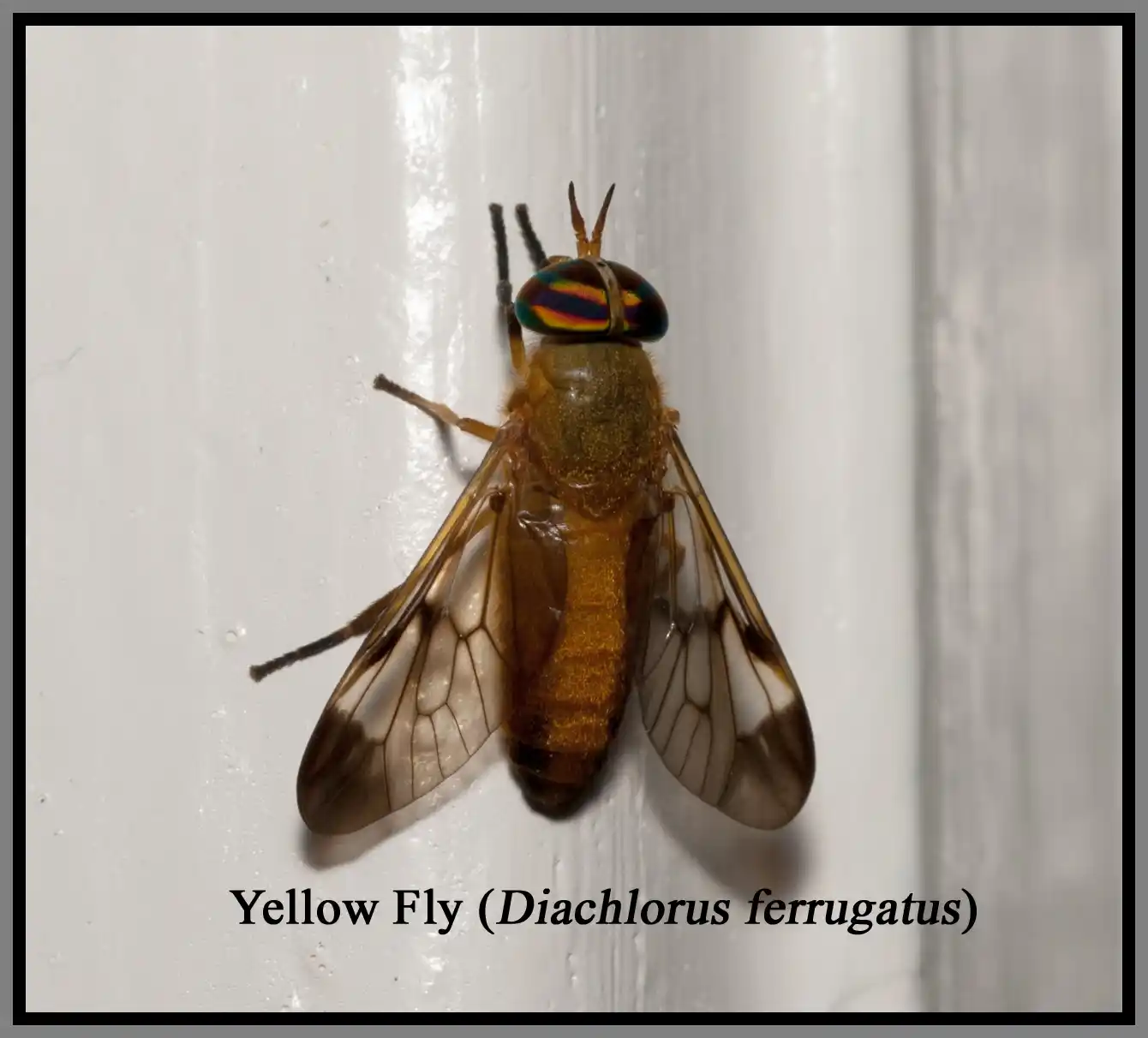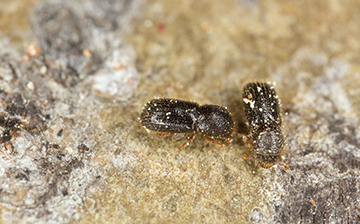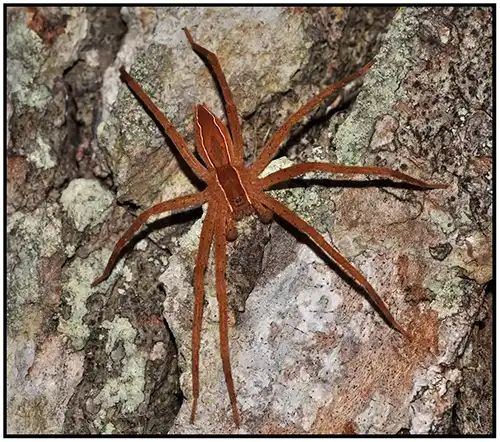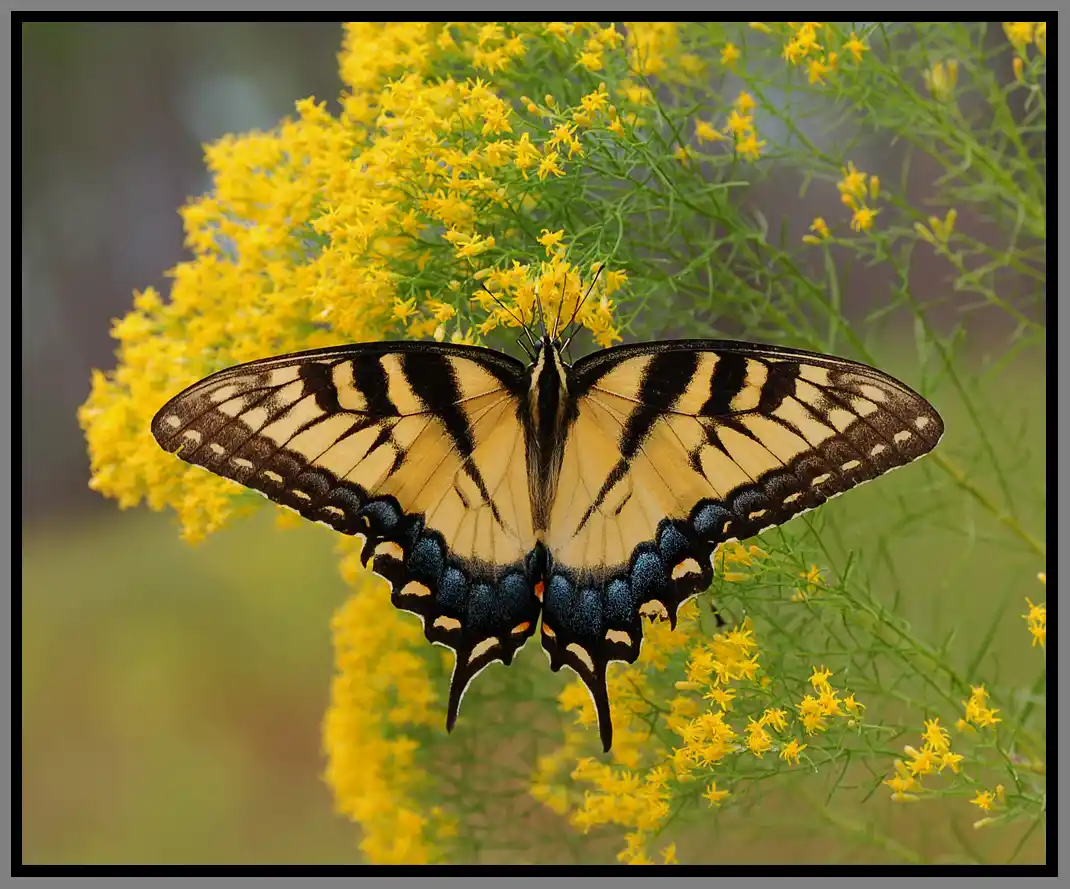While pets may be our best friends, they can have other “friends” we don’t necessarily want hanging around. Fleas are some of the worst friends your pet could have. They not only use warm-blooded animals as food but also cause allergic reactions with their saliva that can create itches that are scratched all the way into a scab. So how do we prevent these pests from inviting themselves into our homes?
Act Fast
If you are reading this article because you have a flea problem then you need to move fast. Fleas take multiple forms – egg, larva, pupa, and adult form. If you don’t remove all forms of flea activity then it will be a reoccurring problem. To prevent the fleas from taking over every part of your home call a pest control expert.
Groom Your Lawn
Another common hangout spot for fleas is your lawn. Fleas can be found in the dirt and grass outside of your home – usually in shaded areas frequented by your pet or perhaps wild animals. This creates a perfect initial contact point. Once fleas make the initial contact they will be able to hitchhike on your pet and into your home. Once in your home, fleas have no problem feeding on you or your pet!
Watch For Rodents
Rodents in your home are big enough problems already, but unfortunately, they don’t always come alone. Adult fleas spend most of their time on warm-blooded animals, and rodents definitely fall into that category. Therefore the rodents that you find in your house may have special passengers they bring with them. Removing and preventing rodents from living in your home is an important preventive measure for fleas.
Pets
Keeping your pet flea-free is also an important factor for preventing fleas from taking over your home. Since fleas prefer to feed on furry creatures, consistently providing your pet with flea control prescribed by your veterinarian will break the feeding cycle.
Clean Your Home
Cleaning and vacuuming your home is always a good strategy when concerned about fleas. Picking up fleas in the vacuum prevents them from spreading throughout your home. It’s also an easy way to pick up the various forms of fleas before they become adults. Also, it is important to target high-frequency areas for your pet, as these areas will have the highest concentration of the various flea life stages.
If you have any concerns about a flea infestation in your home, don’t hesitate to contact Florida Pest Control today for your no-obligation consultation.





